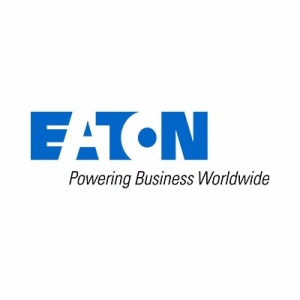The most valuable feature is the instant notification, remotely via email, of any change in the status of the UPS, which is important. The UPS's provide critical control functions, such as emergency lighting and operation of emergency communications for passengers, and operation of critical radio systems which are needed for communication between Metro and the local Sheriff department. I receive notification from the call center when a unit's critical function has been lost. When a unit was on battery, I was notified multiple times by the call center. Of course, it was planned maintenance; we do testing and as part of that we do have to take them offline and test them for 90 minutes. We have a city ordinance which requires all emergency systems to be tested annually for 90 minutes. When we perform this test, I get a notification from Eaton's call center that the unit is offline. That makes me confident that the performance of the PredictPulse software is as desired. Currently, we're in the one-year warranty period offered, so Eaton is hosting PredictPulse on their cloud. But one of the great functions of it is that we still get a local email notification of the statuses of the UPS's, in addition to the dashboard in the cloud which provides a lot more clarity about the information collected and monitored. That information includes things like battery voltages, battery life, installation history, and current voltage in power flow to the load. Those detailed data are really critical to see the status of UPS and make sure it's functioning and healthy in all phases and that all the data and levels are within the proper parameters. The dashboard they provide is a very informative tool for monitoring the health of the UPS. You can also program a report at the frequency you choose — I chose a monthly frequency — and get a report from each unit describing the average performance throughout that time period. That's very critical because we can use that as a maintenance tool to monitor the health of the unit.


